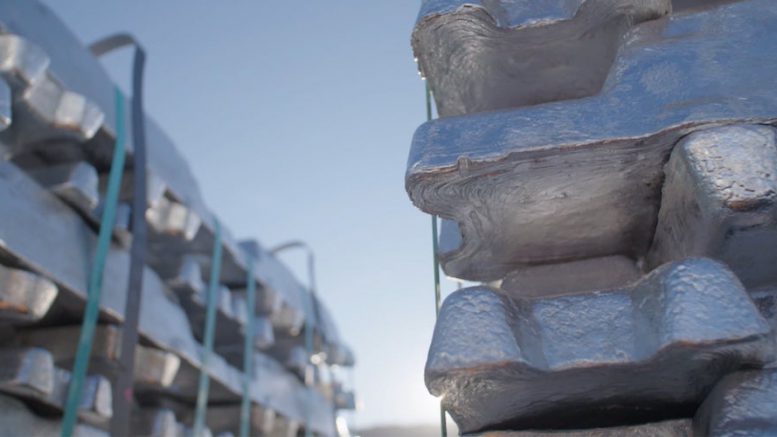Macquarie Group’s analysis of January’s purchasing managers’ index (PMI) data suggests the global industrial cycle may be at a turning point following recent lows, potentially signalling a bullish phase for industrial commodities demand.
Macquarie data shows that new global manufacturing orders rose 1.2% month-on-month to 49.8. Contrary to expectations of a downturn due to policy tightening, U.S. goods demand shows signs of re-acceleration, suggesting a potential soft landing or the end of an economic downturn. The PMI is a key indicator used to gauge the health of the manufacturing sector, with a PMI above 50 indicating expansion and below 50 indicating contraction.
However, Macquarie’s head of commodities strategy, Marcus Garvey, said in the group’s Feb. 7 note to clients that despite the bullish indicator, commodity prices have come under renewed pressure since Friday’s strong employment situation summary (jobs report) issued by the U.S. Bureau of Labor Statistics, with the knock-on effect of higher treasury yields and a stronger dollar – traditionally bearish indicators for metals.
Indeed, the Bloomberg Commodity (BCOM) spot price index has been hovering just above December’s cycle lows of 465, but the Bank of America sees some upside, especially for aluminum.
“Therefore, it appears improbable that end demand will plummet anytime soon, suggesting a trend towards gradual growth in the initial demand for industrial commodities over the coming months,” Garvey said.
While the U.S. continues to lead that demand with an equal impact on rate cut expectations and the dollar, this should restrain the pace and degree of commodity price increases. “Nevertheless, commodity prices have a far more consistent relationship with global growth than with foreign exchange,” he said.
If a rise in commodity prices is triggered by an increase in global industrial activity, it could self-limit inflation on goods, thereby constraining central banks’ ability to ease measures further, Garvey argued.
However, he points out that this issue arises after the fact, indicating that it’s currently an opportune time to invest in commodities, particularly in sectors where the market fundamentals are steady or likely to strengthen rapidly. This is especially true in cases where market positions are becoming increasingly bearish, Garvey said.
Aluminum bright spot
One such bright spot is the aluminum market, with analysis by Bank of America Securities highlighting a market deficit driven by a slowdown in supply growth to around only 2.4% until 2025, compared to the 4.7% annual growth rate observed between 2011 and 2017. Meanwhile, consumption growth is expected to average 4% annually until 2030, reinforcing the market’s deficit outlook.
Russian sanctions have yet to significantly impact London Metal Exchange trading despite geopolitical tensions. However, the potential for tighter sanctions remains a concern that could reshape market dynamics.
According to the bank, the shift in European aluminum imports from Russia, with a reduction to 567,000 tonnes in 2023 from 840,000 tonnes in 2020, highlights a significant change in trade patterns, increasing the carbon footprint of imported aluminum.
China’s aluminum market has remained tight, reflecting strong internal and regional demand. China absorbed almost 1 million tonnes of Russian metal units last year, rerouted from Europe due to sanctions.
Rusal’s material now accounts for 90% of LME aluminum stocks, highlighting the exchange’s reliance on Russian aluminum amidst falling inventories.
Macquarie and Bank of America Securities stress the importance of commodities investors monitoring these developments closely. Macquarie recommends viewing dips in commodity prices, especially in markets with tight fundamentals like aluminum, as buying opportunities. This strategy anticipates improving demand for industrial commodities in the coming months, led primarily by the U.S. market.
Aluminum last traded at US$2,195 per tonne.


Be the first to comment on "Near-term view on commodities rosier than reality, reports say"